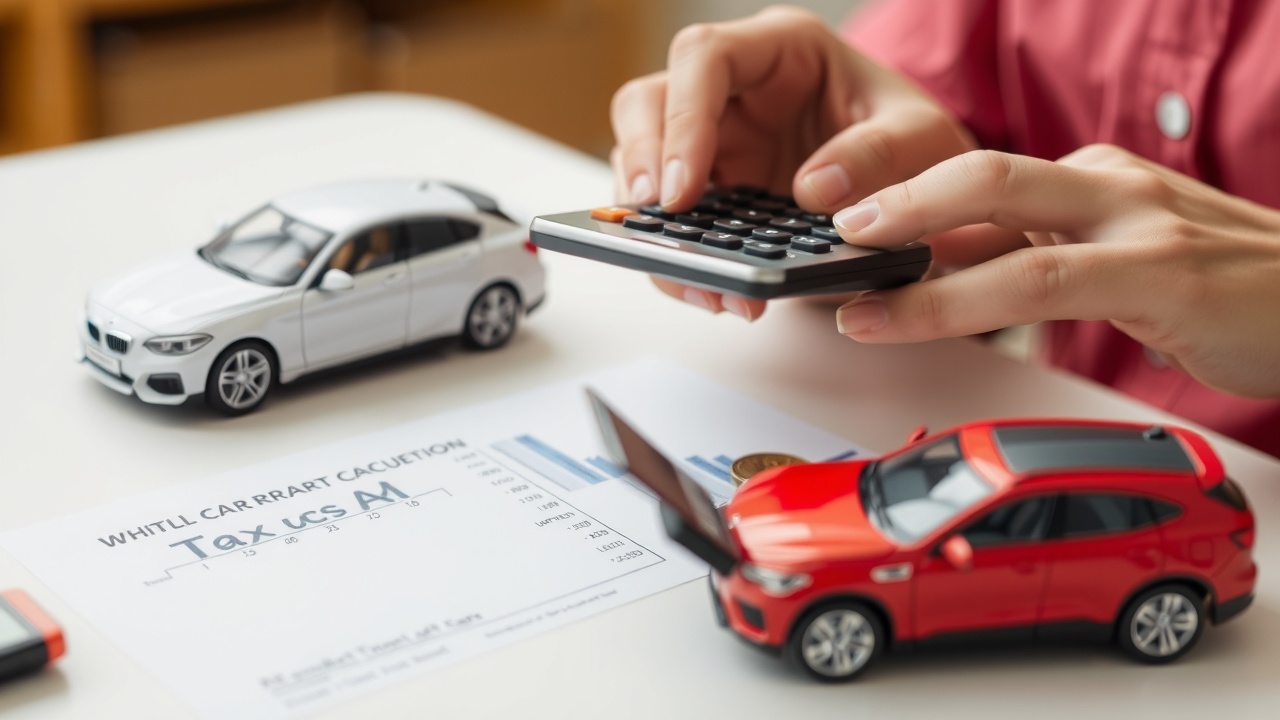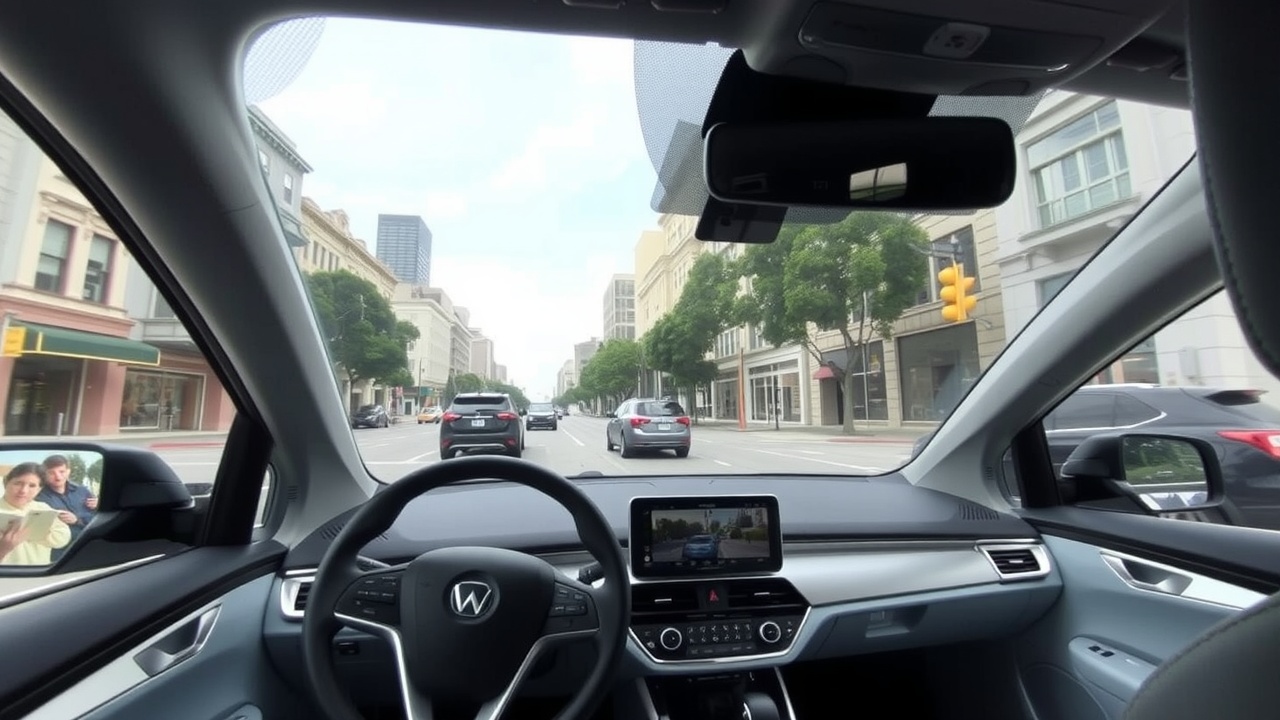
This April, there will be a change to the vehicle excise duty regulations
What are they, and what impact will they have on you?
As the measures announced last October begin to take effect, drivers of electric or low-emission vehicles will have to begin paying Vehicle Excise Duty (VED) on April 1st of this year.
In the Autumn Budget, Chancellor Rachel Reeves declared that all drivers would now be required to pay vehicle tax, which had previously been waived for electric vehicles.
In April, diesel cars that emit more than 250 grams of carbon per kilometer will pay 5,490, which is more than 2,000 more than they did the previous year. This rate increase will also apply to heavily polluting vehicles.
The changes to the car tax coincide with other bill increases in what has been dubbed "Awful April." Customers will begin to see increases in their mobile phone, broadband, energy, and water bills.
What is VED, then, and will you be required to begin making payments in April?
What is the Excise Duty on Vehicles?
Everybody who drives a car, van, motorcycle, or other type of vehicle in the UK is subject to an annual tax known as vehicle excise duty.
The taxes rise annually in accordance with inflation. The rate has been changed to 195.
The tax was previously waived for owners of electric vehicles, but starting in April, drivers of all other kinds of vehicles will be required to pay it.
You can be completely exempt from paying VED in just two ways. If you are receiving the enhanced mobility component of the Personal Independence Payment (PIP), you are exempt from payment. Only those 16 years of age or older who struggle with daily tasks and have a long-term physical or mental health condition or disability are eligible.
Additionally, you won't have to pay if you receive Disability Living Allowance's (DLA) higher rate mobility component.
How much do I have to pay for VED?
The kind of vehicle you drive and when you registered it will determine how much tax you must pay.
After April 1, 2025, drivers of hybrid vehicles will no longer be eligible for the 10% VED discount that they previously enjoyed.
If your car was listed for more than 40,000 then you will also be liable to pay the 'premium car tax'. This will add an additional 410 to your VED charge.
You may also pay more or less VED in the first year as you do in subsequent years.
This table displays the amount of VED you will have to pay based on your car's carbon emissions during the first year of registration. Only cars registered after April 1, 2017 are eligible for the following.
Keep in mind that you are not required to pay taxes on your vehicle if it is not in use, unless you plan to drive it again. A Statutory Off Road Notification, or SORN, is required in order to avoid this levy.
If your vehicle was registered between any time before April 2017 you will have to pay rates that differ from the ones above. You can check the DVLA website to find out when your car was registered and how much car tax you will have to pay.
How can my car tax be reduced?
According to Sam Sheehan, motoring editor at EV reseller Cinch, you may be able to postpone the car tax increase for an additional year if you drive an electric vehicle. He stated, "If EV drivers renew by March 31, 2025, they can receive an additional year of free road tax."
"With as many as 1.4 million electric cars on UK roads, thats a potential saving of 273 million from the new EV road tax cost."
Before the deadline of March 31st, drivers can accomplish this by checking their auto taxes on the government's website.
"Because renewing early typically involves changing the renewal date and paying twice for road tax until the original renewal date, the form will ask if they are certain. However, since EV road tax is currently free, this is irrelevant.
Other than moving to a different vehicle, there is no way for people who don't drive electric cars to pay less in car taxes.
Are vehicle excise taxes and road taxes the same thing?
Yes, VED is the same as road tax. Vehicle tax or car tax are other names for it.
However, you must obtain auto insurance in order to legally drive your vehicle on public roads. Particularly for young, inexperienced, or collision-prone drivers, this can be costly.
We have 18 suggestions to lower your auto insurance rates if you want to cut down on expenses.
How to pay the vehicle excise duty.
You need to be aware of your reference number in order to pay VED. It is located in:
A recent DVLA vehicle tax reminder or last-chance warning letter Your vehicle log book (V5C) The green new keeper slip from a log book, if you recently purchased it If you do not have any of these documents, you will need to apply for a new log book.
You can pay your VED online with a debit, credit, or direct debit once you have your reference number. Additionally, you can pay at a post office or over the phone.
Remember that even if you are exempt from paying VED, you still need to make this online.
Do auto-renewing auto taxes exist?
Your auto tax will automatically renew if you chose to pay with a direct debit when you first paid. This implies that the funds will be automatically deducted from your bank account and that your vehicle will always be subject to taxes.
You won't have your auto-renewing car tax if you didn't choose a direct debit. Every year, you will need to manually pay your car tax using the methods mentioned above in order to guarantee ongoing coverage.














Leave a comment on: What are the new vehicle excise duty rates in light of the changing car tax regulations?